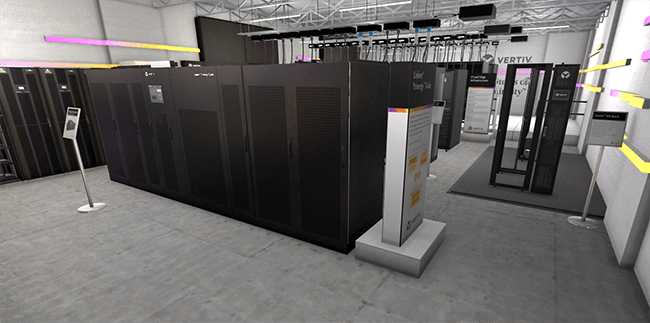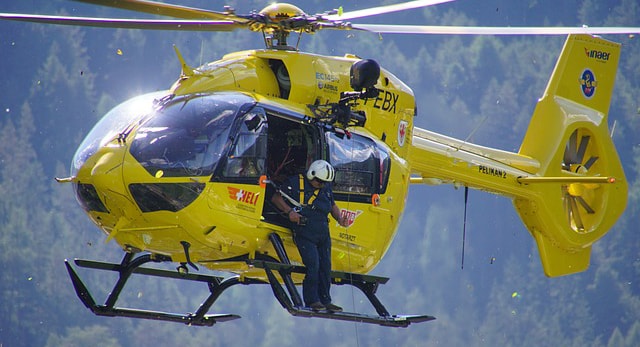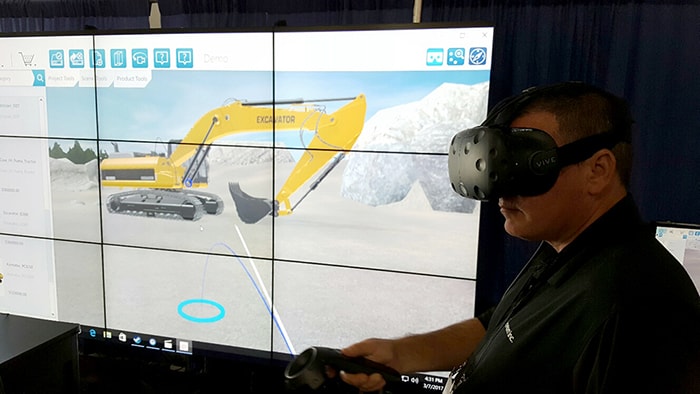Virtual reality (VR) was once a predominantly niche entertainment technology. But when manufacturers began to drop the price of VR headsets, it quickly gained business relevance. Steam VR supported headsets such as HTC Cosmos, HTC Vive and Oculus Rift are under a thousand dollars.
Fortune Business Insights reports the global VR market will eclipse US $120.5 billion by 2026. While gaming has led the charge for VR revenue, business use cases are on the rise. Axonom has experienced a 20% growth in customers using VR with 3D product configurations.
Today, some VR applications include apartment hunters touring apartments and medical students experiencing rare, high-risk surgeries being performed thousands of miles away.
This post examines how VR is affecting businesses today and how it can improve your business operations.
1. Sales and Marketing
We’ve all bought a product from a retailer that looked great in the store’s display, only to bring it home, realize it’s a poor fit and eventually take it back to the store.
Retailers have long struggled to combat product returns from customers experiencing buyer’s remorse once they arrive home and the product doesn’t fit or work the way they’d thought it would in the store.
VR technology enables sales and marketing teams to get ahead of this, by enabling the customer to conduct free trials and product tests without having to unpackage the product or take it home.
One particularly intriguing application of VR use in sales and marketing is IKEA, which has an app that allows customers to visualize their products within the spatial dimensions of their home.
Another example is VR at trade shows. The Vertiv trade show marketing team uses Powertrak Virtual Reality to bring attendees to edge solution sites. This is the quickest, easiest, and cost-efficient way to bring people to a virtual location where they can explore and interact with equipment.

Virtual Reality delivers an in-depth look at products and furnished rooms.
2. Recruiting
For human resource managers, recruiting out-of-market talent can be a challenging task. Without being able to show someone around the office, it can be hard for candidates to get a feel for the office, its people, and the overall vibe. VR presents a cost-friendly solution.
VR allows HR to provide candidates with detailed office tours and engaging interviews. The immersive nature of VR will allow for a more dynamic interview for candidates compared to a webcam interview or conference call.
If the interview goes well, a prospective candidate can virtually shadow an employee without leaving the comfort of their home.
3. Advertising
When advertising their products, brands aim to simulate an attractive user experience that will compel consumers to buy their products. What better way to sell experience than to virtually allow consumers to experience your product?
There are innumerable applications for companies to advertise with virtual reality. VR allows consumers to immerse themselves in the product experience before they ever reach a sales rep. To name a few: test driving cars, touring a clothing store and checking out a seat-specific view for a concert or sporting event.
One creative implementation of VR advertising by Expedia is allowing eager travelers to experience VR tours of their hotels before they book.
For larger companies, shooting commercials in VR is another way to take advantage of the technology. To promote the TV show 24: Legacy, Fox, and Samsung teamed up to shoot a three-minute ad that placed viewers in the middle of an action-packed scene.
4. Training
For companies where employees operate complex machinery to perform high-risk tasks, detailed and thorough training is a priority to ensure employee safety.
 How can businesses get their employees up to speed on using the machinery without causing expensive damage to equipment or harm to themselves and other employees?
How can businesses get their employees up to speed on using the machinery without causing expensive damage to equipment or harm to themselves and other employees?
Think about how pilots have been trained for years. Before they can fly a real plane or helicopter, pilots typically perform countless hours of flight simulation to gain hands-on experience.
VR provides a similar opportunity for immersive training in industries where steep learning curves exist for new hires. With VR, employees can perform high-risk tasks over and over. More practice leads to more confidence once they find themselves on the job.
5. Modeling and Design
When manufacturers upgrade products with new designs, they most often do so through a series of trial and error, which comes with a hefty production bill. But what if they could do all the modeling they want without hiking up production costs?
Perhaps the most cost-saving business application of VR is modeling. Look no further than Ford, who saves $8 million a year by using VR to test elements of their new cars.
Utilizing virtual engineering to model products before building prototypes is a profitable money saver for businesses, especially those in large-scale manufacturing where production costs are high.
Virtual Reality Product Configurator from Axonom

There are plenty of ways for businesses to utilize virtual reality to improve business operations. Whether it’s training, recruiting, advertising, trade shows, sales and marketing or modeling, VR promises to save businesses money and improve the way their customers interact with their products.
Axonom’s VR product configurator revolutionizes how companies showcase products and present their unique benefits to potential customers. Learn more by visiting our VR product configurator page.
View Powertrak VR Demos